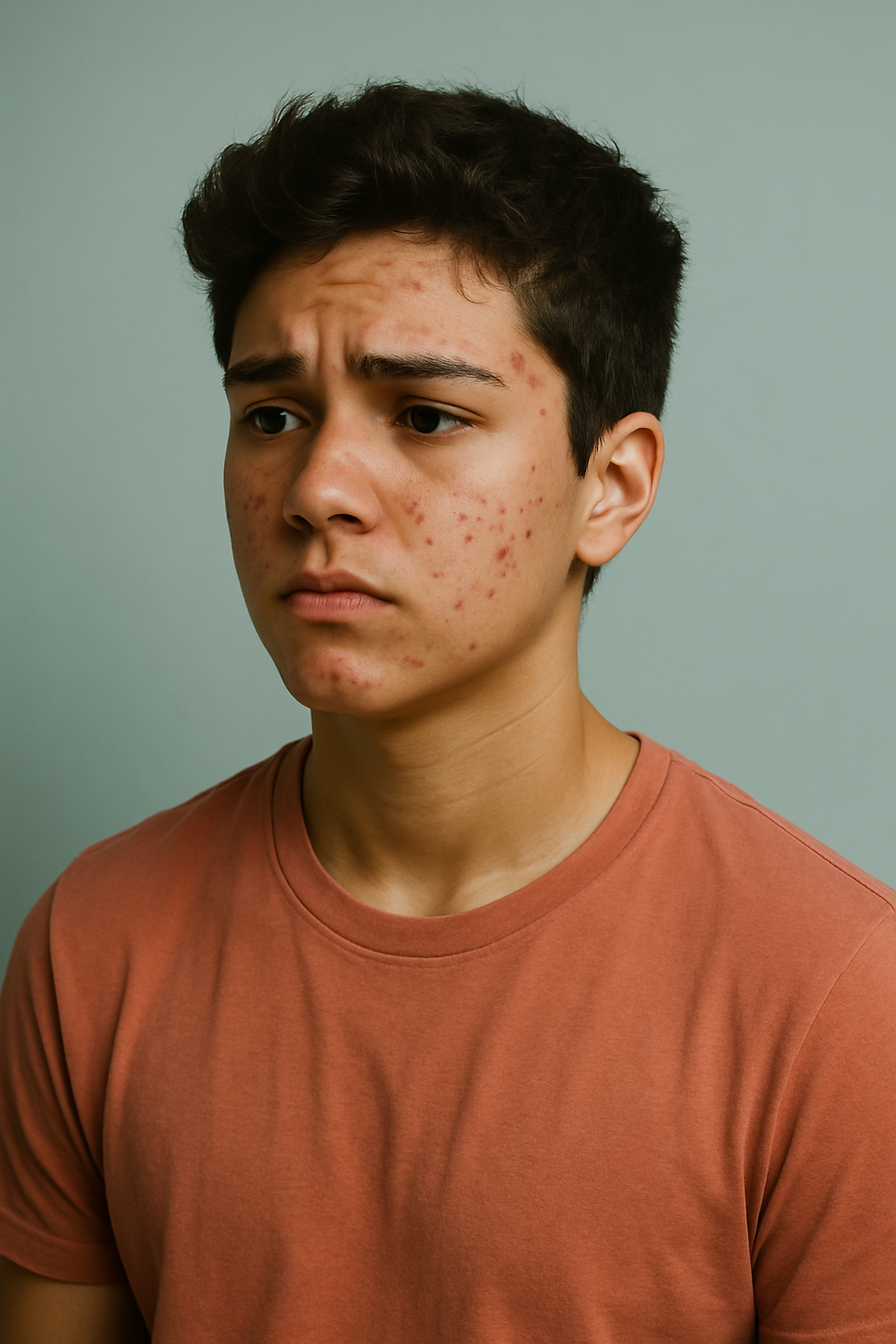Chemical Peels vs Viral Hacks: Why Science Wins for Your Skin
- Saryna Young, MD, FAAD
- Oct 29
- 2 min read
It seems like every week, a new viral skincare hack takes over TikTok or Instagram. The latest? Rubbing banana peels on your face to fade dark spots. While these tricks may get
millions of views, they rarely deliver real results. In fact, they can sometimes make skin worse. If you want to fade sun spots or melasma safely and effectively, there is no substitute for proven, dermatologist-guided treatments, like chemical peels.
Why Viral Hacks Don’t Work
🍌 Banana peel “brightening” Banana peels contain antioxidants, but most of those nutrients are in the outer peel, not the soft inside people rub on their skin. Even if they could get through the skin barrier, the amounts are too low to make lasting change.
What people notice is a temporary glow. That comes from sugars and oils in the peel, which can hydrate the surface briefly but may also clog pores or irritate sensitive skin. Viral? Yes. Effective for hyperpigmentation? No.
🍋 Other common myths
Lemon juice is harsh and can burn or darken spots with sun exposure.
Toothpaste dries the surface but doesn’t heal acne or discoloration.
DIY scrubs often cause more irritation than improvement.
The truth: skin pigmentation lives deep within the skin. Quick fixes on the surface simply cannot reach it.
Why Chemical Peels Work
Chemical peels have been used for decades and are backed by science. They use safe, controlled concentrations of exfoliating acids to renew the skin and target discoloration at a deeper level.
✨ How they work:
Break down excess pigment clusters that cause brown spots.
Speed up skin cell turnover, bringing fresh, even-toned skin to the surface.
Smooth texture and boost overall glow.

✨ Common peel ingredients:
Glycolic acid (from sugarcane): Brightens and evens skin tone.
Salicylic acid (from willow bark): Clears pores and reduces breakouts.
Lactic acid (from milk): Hydrates while gently exfoliating.
Mandelic acid (from almonds): Calms redness and suits sensitive skin.
When performed by trained professionals, chemical peels are customized for your skin type and concerns, giving safe, predictable results.
Who Benefits Most from Peels?
Patients with sun spots from years of UV exposure.
Those with melasma triggered by hormones and worsened by sunlight.
Anyone looking for smoother texture, fewer fine lines, or a brighter overall glow.
Consistency matters, some pigment issues need a series of treatments, always paired with daily SPF to protect progress.
The Bottom Line
Banana peels may trend online, but they cannot deliver the kind of skin transformation most people are hoping for. Chemical peels, on the other hand, combine the power of nature and science in a safe, proven way.
Your skin deserves more than internet experiments. Trust professional care for results that last.
👉 Ready to take the next step toward clearer skin? Book a consultation with Young Skin Med and let us create a personalized plan for you.








Comments